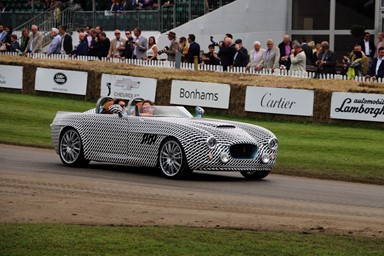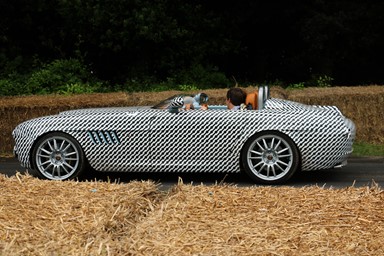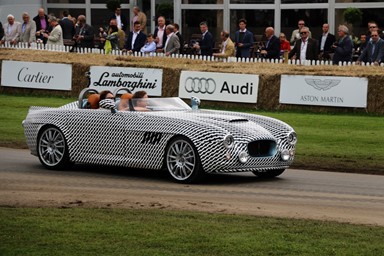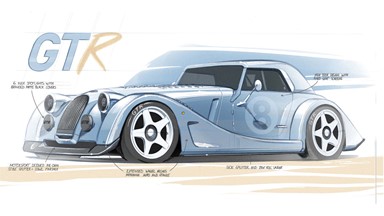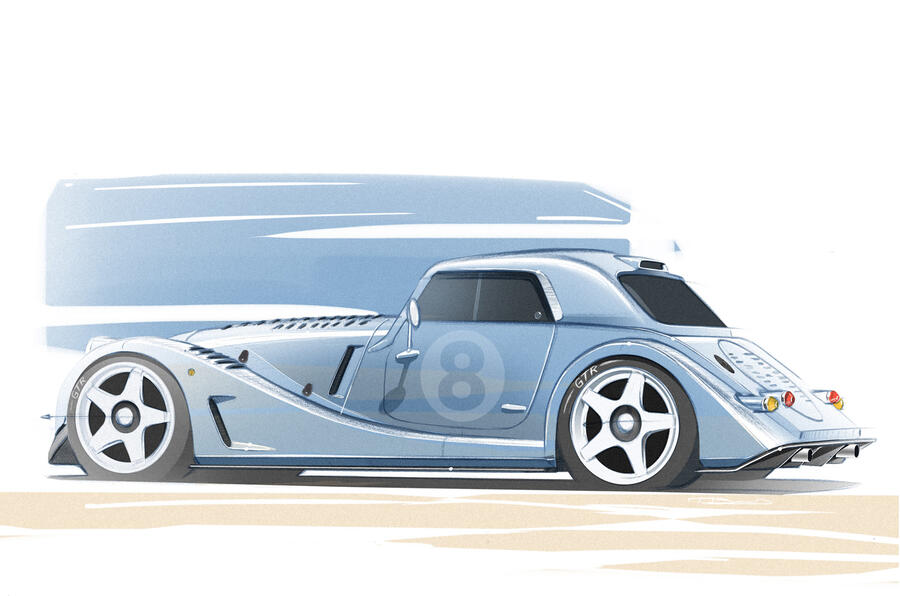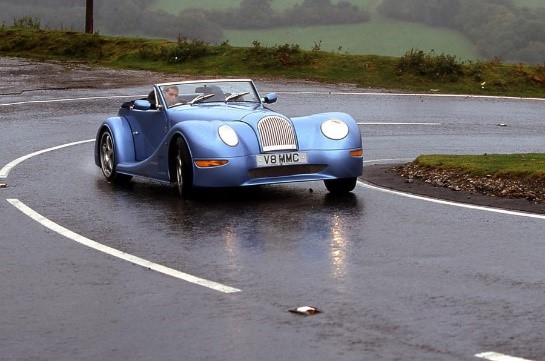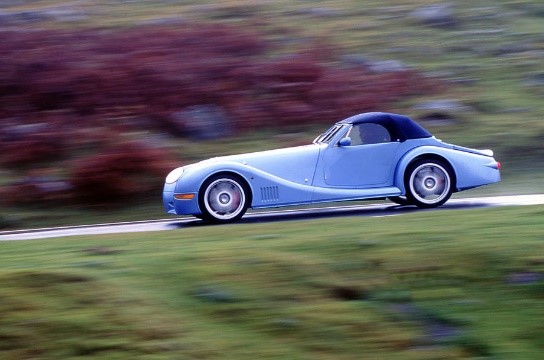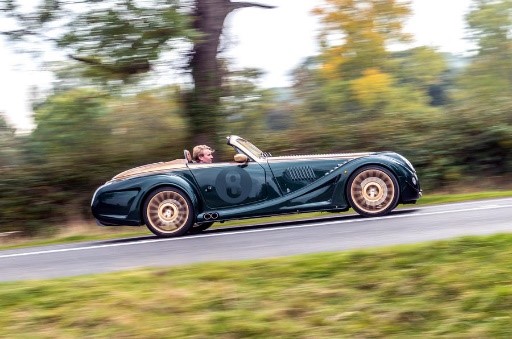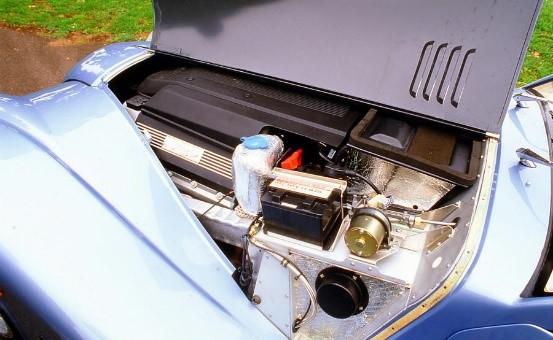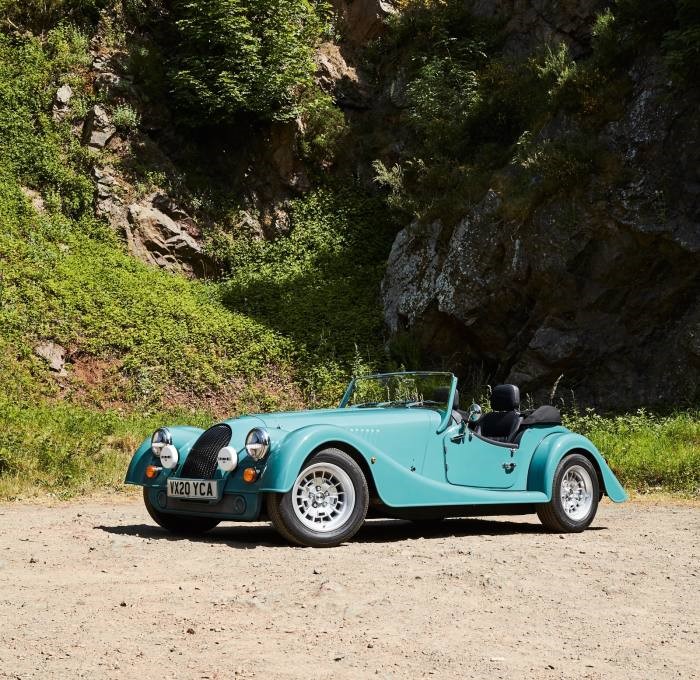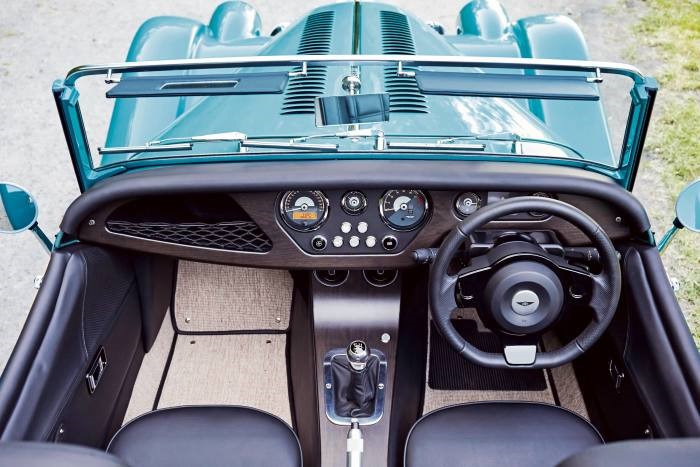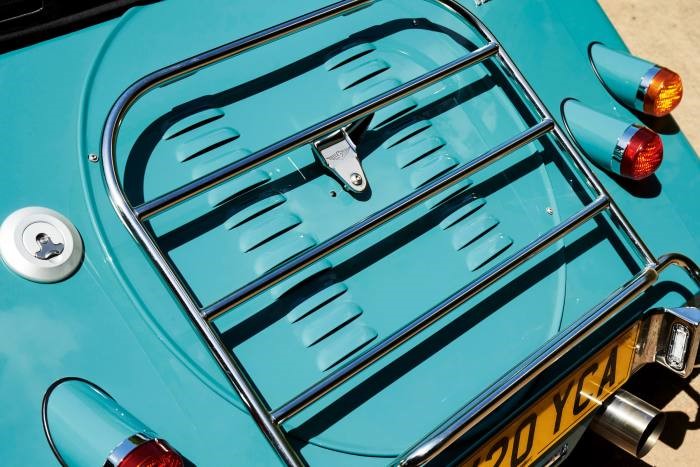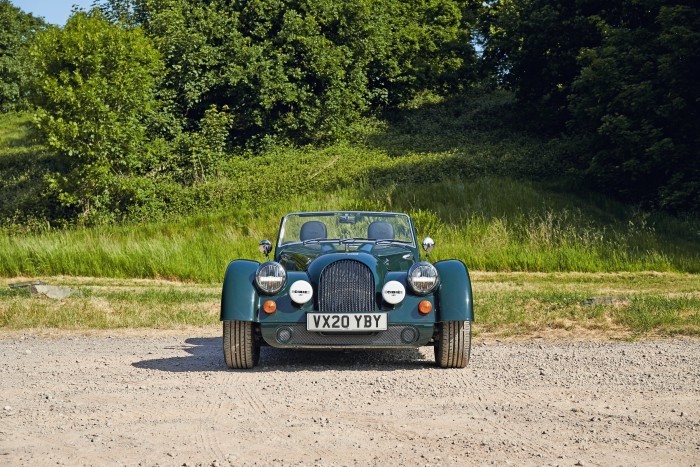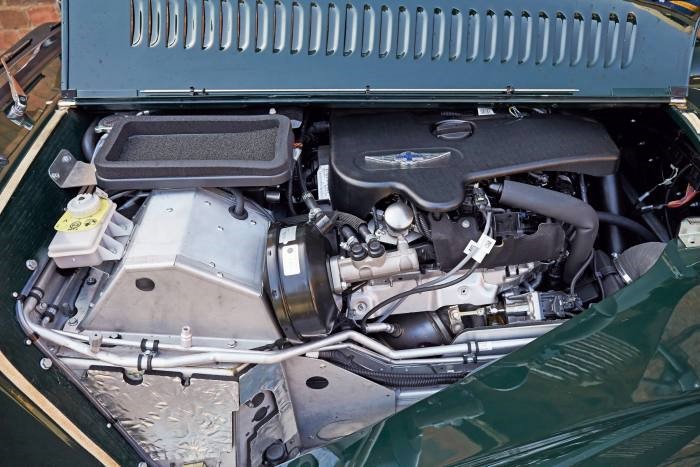Morgan Plus 4 an intoxicating mix of old and new (www.irishexaminer.com, 27 March 2021)
Morgan has recently appointed a distributor for Ireland and the company, still on the go after some 111 years, has now unleashed the first in its ‘CX-Generation’
When Henry Frederick Stanley Morgan founded the Morgan Motor Company in the Malvern Hills back in 1910, I doubt very much he thought the company would be on the go 111 years later, still producing unique and bespoke sports cars.
The fact that the company is still fully functioning is a credit not only to Henry Morgan’s vision, but also to that of an Italian-owned investment company which took it over in 2019, promising to expand the operation which is still based in the small British town of Malvern Link.
Some 220 people are employed in the manufacture of Morgan cars and roughly 850 units are made annually in an operation that is actually a lot more modern than most people think, even though the marque’s characteristic trait — the use of wood in the manufacture of the chassis — is still part and parcel of the company’s raison d’etre.
Although the rose-tinted vision of a Morgan probably involves a Spitfire pilot with a twirly moustache, a silk scarf, and a blonde WAAF speeding along Second World War-era English country lanes, the modern incarnation of the car differs little in appearance but those driving them these days are certainly nothing like the originals.
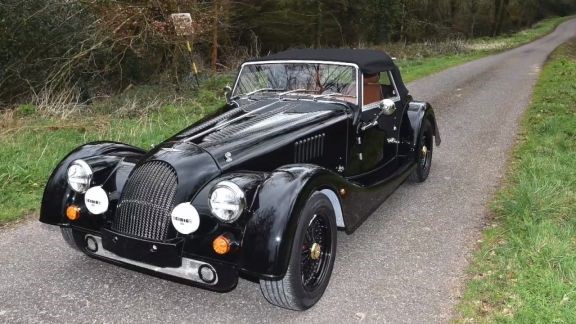
Down the years, Morgan has made everything from three-wheelers to roadsters to coupes, and they were renowned for such as their sliding pillar suspension and their wooden chassis, made of ash and African Bubinga red hardwood. Over time, the cars grew a modest but well-heeled fan base who adored not only the retro look and manufacturing techniques, but also the lovingly sporty nature of these handmade specials.
Latterly, and especially so since the company’s takeover by Italian investment group InvestIndustrial in 2019, the business has re-emerged as a more focused and modern entity.

You can add a hand-stitched leather interior, if you so desire. Picture: Dan Linehan
This is underscored by the fact that its current model line-up now has the essential Morgan look, but is underpinned by modern construction techniques — albeit still incorporating an element of wood within.
The company describes the modern models — the Plus Six and the Plus Four — as being the first in its ‘CX-Generation’ which bear a bonded aluminium platform which is much stronger than the traditional chassis. They sport BMW engines and gearboxes instead of the Matchless, JAP, Coventry Climax, Standard, Triumph, Rover, and Ford engines the company used down the years.
Morgan says that despite the look and feel of the new Plus Four, it remains the same as when the model was first revealed almost seven decades ago; only 3% of the components are shared with the outgoing version.
And, having driven it, I can confirm that the new beast is a whole lot more ready for the modern world than anything that preceded it.
As brand development is now moving along nearly as quickly as one of the company’s products, it is appropriate that this new era for the company is reflecting a push for new markets and customers.
Irish distributor
That is why Morgan has recently appointed a distributor for Ireland (all 32 counties) and why it has reached out to someone with lifelong connections to the industry here and a special connection with motorists who like something different from the norm.
The new distributor is a company called Edgewood Automotive and the man running it is Fermoy, Co Cork-based Wayne McCarthy, the son of the late but legendary industry figure John McCarthy, who ran an Opel franchise, among many other business interests, in the town for decades.
Wayne also ran the Motorpoint operation on the Lower Rd in Cork City for many years; it was a Saab dealership as well as the source for many unusual automotive imports to this country.
He is not only terribly proud of his history in the business, but also noticeably confident about the future of a brand such as Morgan, even given its undoubtedly niche status.
Even though the entry-level Plus Four model will cost north of €100,000 here, it is easy to see why his confidence in the product is not in any way rash. The whole issue here is that while you can order an-off-the-line model, you can also personalise it to the max.
The list of stuff you can add to the car — everything from a hand-stitched leather interior to the bespoke Avon tyres and the specially crafted wire wheels to the brass knock-offs which hold them in place — is extraordinary and will certainly appeal to people who like the word ‘unique’.
Element of trepidation
There is an element of trepidation involved in taking anything of this nature for a spin — especially around the unfamiliar backroads of north Cork — and the mild expectation is certainly present that you’re about to be subjected to a boneshaker which can trace its roots back to a time not long after the Wright Brothers were first taking flight.
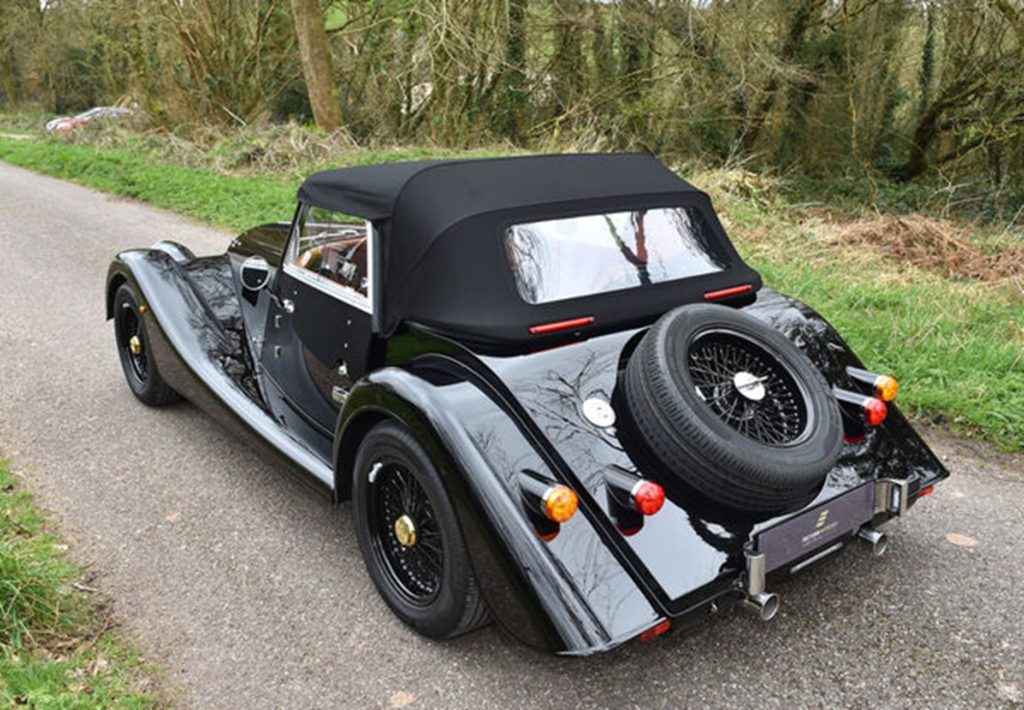
Fire it up and you get a low burbling thrum encouraging you to find out what’s possible here. Picture: Dan Linehan
Nothing could be further from the truth. Lower yourself — you have to, believe me — into the driver seat and you find yourself cossetted by high-grade leather and appropriate amounts of dashboard and centre console wood, of which there are seven options. You look out on the long, hand-louvred bonnet and get a feeling of unadulterated motoring richness.
Fire it up and you get a low burbling thrum encouraging you to find out what’s possible here. And with 255 bhp on offer, what’s possible is nearly alarming. Boasting a dry weight of 1,009kg, the Plus Four is light, but with that four-pot BMW turbo under the hood, there’s no shortage of poke and an eight-speed auto ‘box, also from Munich, helps get that power on the road when and where you want it.
Top speed is a shade over 240km/h and the 0-100km/h dash is achieved in just 4.8 seconds, which is 0.4 of a second quicker than the option with the six-speed manual gearbox. These figures suggest a certain fleetness of foot and they are not wrong because the rate of progress here is pretty savage.
That being so and what with the car also being rear-wheel drive, you might jump to the conclusion that you’ll be applying the opposite lock on a fairly regular basis — depending, of course, how far you dial up the inner hooligan — but unless you’re very bold or very dumb, that does not have to be the case.
In fact, the car is nothing like as tail-happy as I anticipated and even on dampish roads, there was nothing of the sphincter-tightening nature I expected. I thought I might be heading for Castlelyons looking mainly out the passenger window, but there was none of that.
Neither was there much blood-rushing when the brakes were applied. Once upon a time, Morgans were noted for their reluctance to stop, but now there is a proper ABS system onboard here and any thoughts you may have had of a fishtailing, smoke-wreathed roadster can be dismissed.
This is indeed a beauteous beast and while some might find the retro look a little naff, those who appreciate the hand-built craft on offer, as well as the modern chassis and drivetrain, will look to the individuality and distinctiveness that Morgan sells and they will embrace that fully.
This is a car with great history and now, also, a great future. It melds the old and the new into a fascinating concoction of thrills and heritage with a large dash of exclusivity.
That’s a blend that’s definitely intoxicating.
Colley verdict – The cost: From €106,000, The engine: A muscular two-litre petrol turbo, The specification: You can have pretty much anything you desire, The overall verdict: A classic, Star Rating: *****

